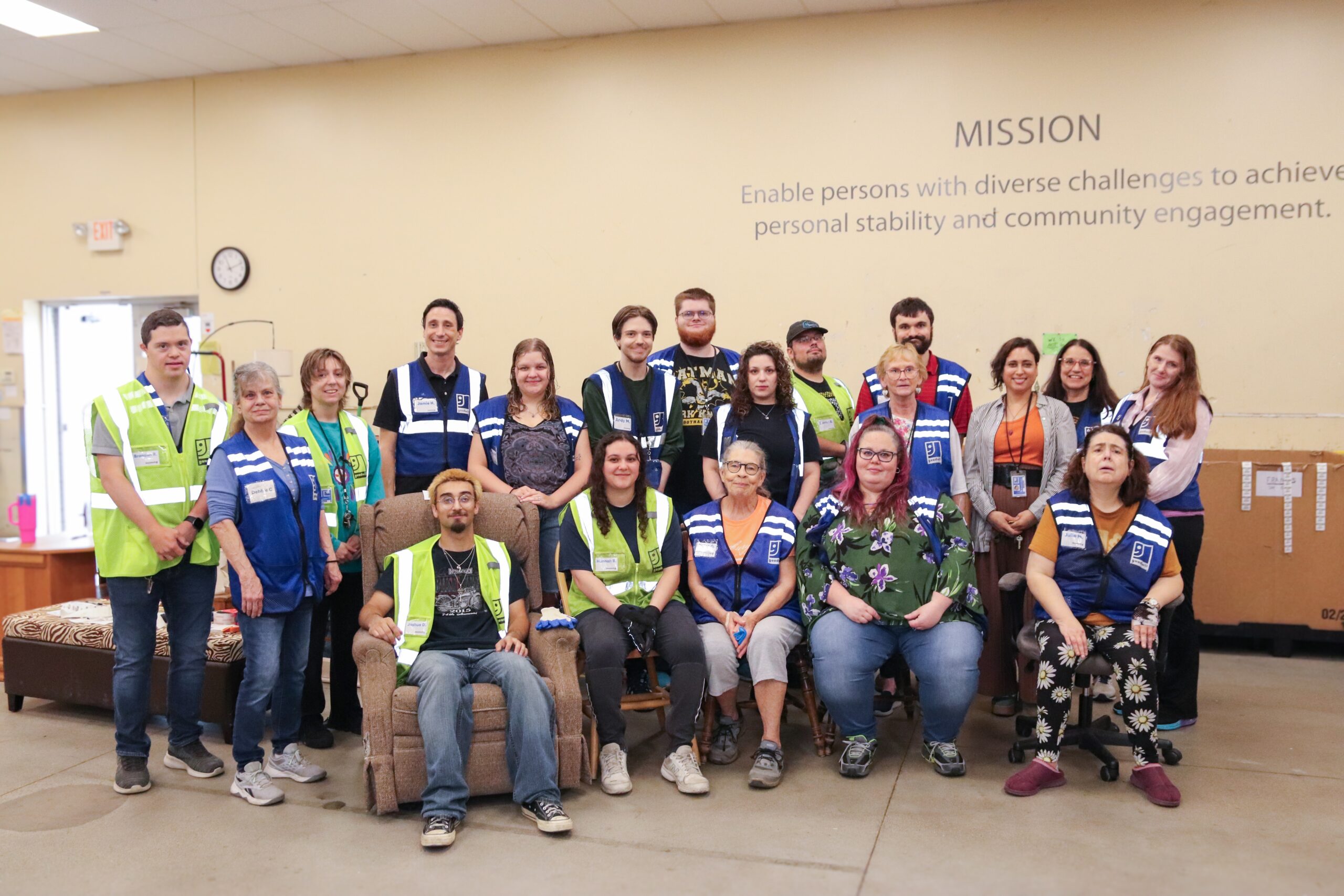News
Biofeedback treats stress, anxiety and pain for people with a traumatic brain injury
March 14, 2024
Goodwill’s NeuroRehabilitation clinics have a new tool that can show people their body’s reaction to stress, anxiety and pain. Biofeedback allows a person to see the impact different strategies – such as controlled breathing, mindfulness activities, or progressive muscle relaxation – are having.
“This can help people get better control over their bodies,” said Mackenna Murtagh, Clinical Director of Goodwill NeuroRehab Services. “And to stop the mind-body cycle of anxiety, or to decrease pain sensation.”
Goodwill NeuroRehab staff help treat traumatic brain injury, stroke, brain tumors, Multiple Sclerosis, concussion, seizure disorder, Cerebral Palsy and more.
The staff at the clinics use Biofeedback with heart rate variability training, where the provider attempts to bring a person’s heart rate back within a normal range. Heart rates vary but with anxiety each beat can differ considerably, according to Murtagh.
Innes Demers, Goodwill NeuroRehab mental health counselor, uses Biofeedback to treat clients with brain injuries.
“We use these modalities to help reduce the trigger and help them be able to have as much of a normal life as they desire,” Demers said.
Goodwill staff began using another tool for neurorehabilitation called Neurofeedback in February 2023. Neurofeedback helps train people’s brains to be more flexible and efficient. It can help treat anxiety, depression, insomnia, and more in a noninvasive way.
How Biofeedback works
Heart rate variability training starts with the client wearing a respiratory belt and heart rate monitor on their finger. Dr. Murtagh and the other staff members can then show the client how their body reacts to stress, anxiety or pain. When the client uses strategies taught by staff, they can see their heart rate and respiratory rate decrease.
The goal is for clients to take the skills they learn from Biofeedback and implement them in their daily lives.



